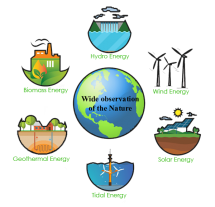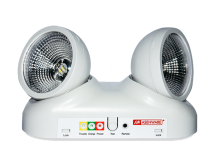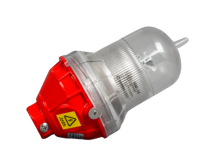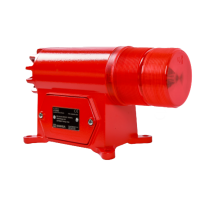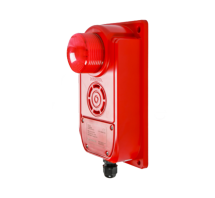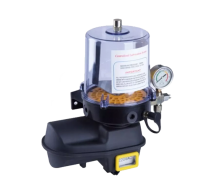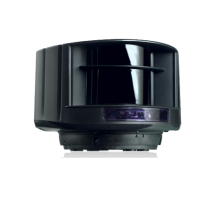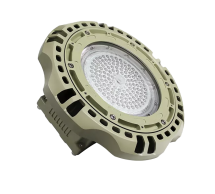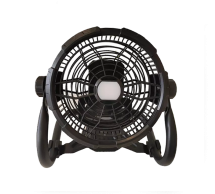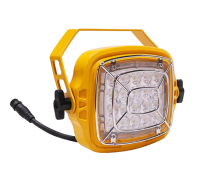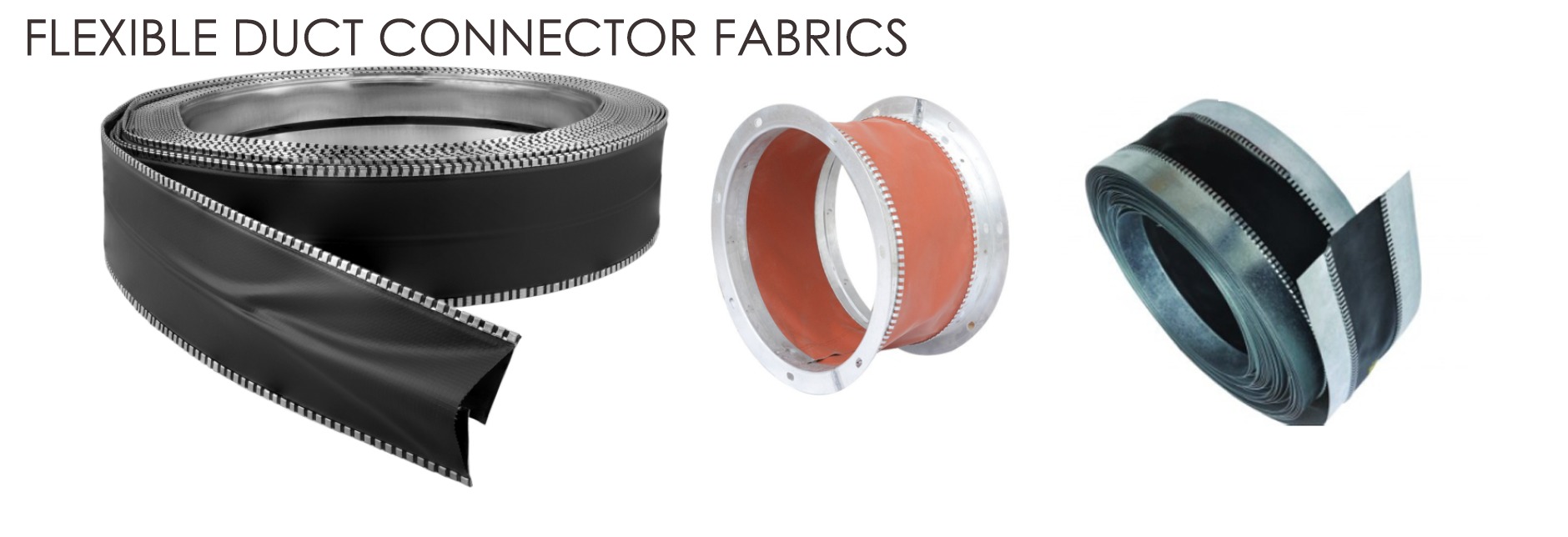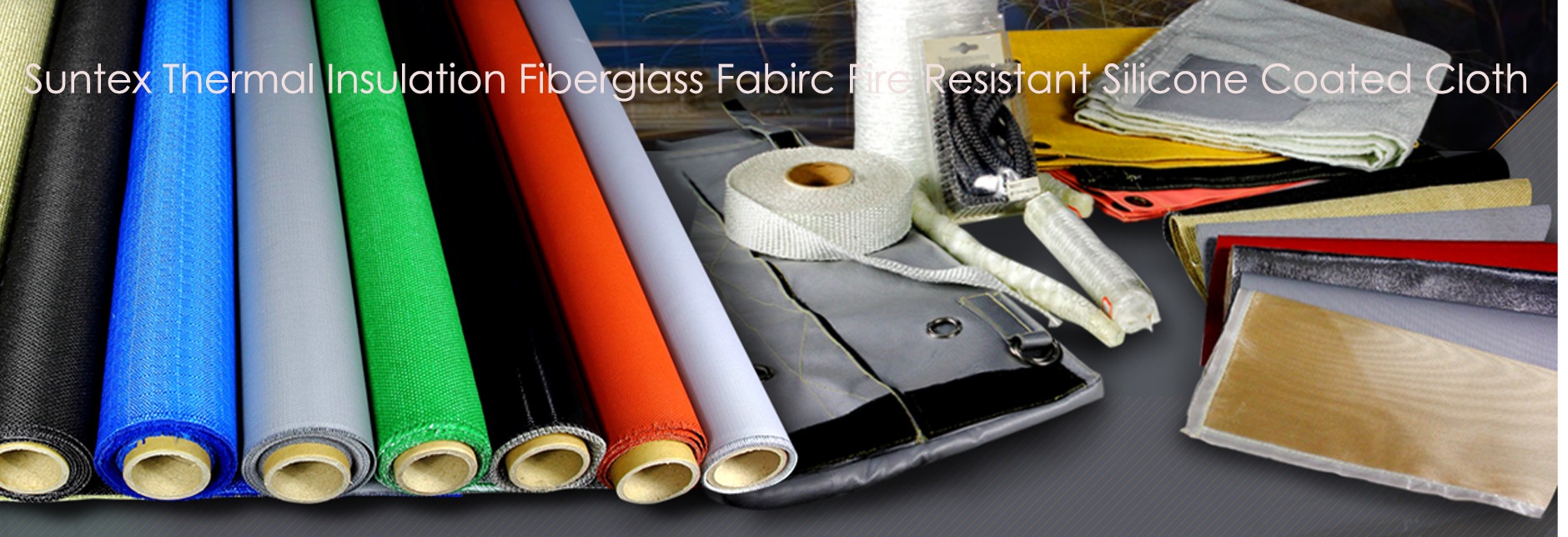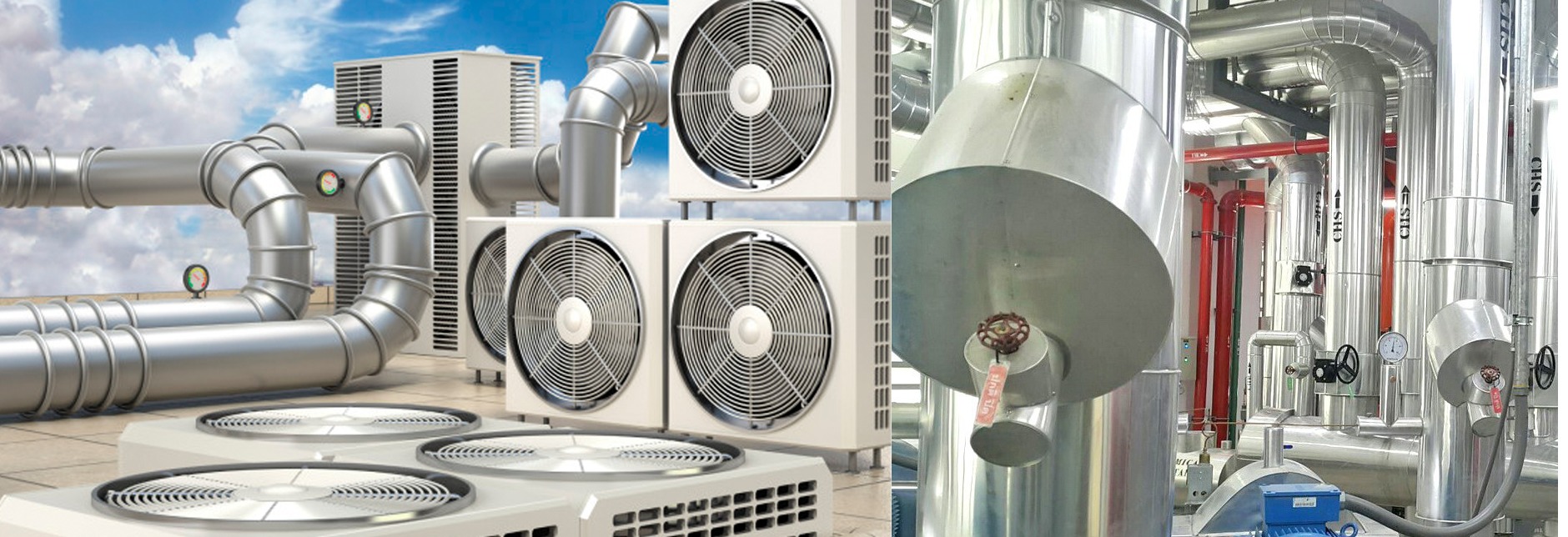-
HTX-9 PTFE HEAT SEALER – Belt Repair2,800.00 USD
2,950.00 USD (-5%)Variants available
-
Belt Repair Kits450.00 USD
500.00 USD (-10%) -
HI-300-2 TACKING IRONS600.00 USD
650.00 USD (-8%) -
HI-300-1 TACKING IRONS600.00 USD
650.00 USD (-8%) -
HI-200-3 TACKING IRONS450.00 USD
500.00 USD (-10%) -
HI-200-2 TACKING IRONS600.00 USD
650.00 USD (-8%) -
HI-200-1 TACKING IRONS600.00 USD
650.00 USD (-8%) -
96 PTFE HEAT SEALER8,000.00 USD
9,500.00 USD (-16%) -
45-110A PTFE HEAT SEALER – Belt Repair4,150.00 USD
4,250.00 USD (-2%)Variants available
-
HTX-3 PTFE Heat Sealers – Belt Repair2,100.00 USD
2,250.00 USD (-7%) -
HTX-2 PTFE Heat Sealers – Belt Repair2,100.00 USD
2,250.00 USD (-7%) -
HTX-1 PTFE Heat Sealers – Belt Repair2,100.00 USD
2,250.00 USD (-7%) -
23-110A PTFE HEAT SEALER3,050.00 USD
3,250.00 USD (-6%) -
1.2kW Portable PTFE Hand welding Iron tool/welder600.00 USD
650.00 USD (-8%) -
1.5kW Portable PTFE plastic Belt manual welding machine1,550.00 USD
1,750.00 USD (-11%) -
RecommendedFLEXXCEL HEAT SEAL IRON1,650.00 USD
1,850.00 USD (-11%)
Picture & Data sheet Download :
PTFE heat seal Work VIDEO |
Patching and Repairing PTFE Belts |
6 เคล็ดลับในการใช้งานเครื่องซีลความร้อนที่ดีที่สุด |
6 Tips to Get the Best Heat Seal |
| Heat sealing PTFE coated fabrics is the primary way to create an endless splice joining the two ends of the fabric. There are many factors that contribute to the effectiveness of a heat seal. Below are 6 tips that can help you achieve the best results while heat sealing. |
1. Make a Test StripBefore actually heat sealing a splice or expansion joint, we recommend that a test strip be heat sealed. The test strip should be constructed with the same materials as the belt. Once the test strip is made, it should be peeled apart to ensure that a good heat seal has been made. When you pull apart the strip, the bare fiberglass should be exposed. This means that a good seal was made. |
1. ทำแถบทดสอบก่อนการซีลประกบรอยต่อหรือรอยต่อขยายด้วยความร้อนจริง ขอแนะนำให้ใช้แถบทดสอบปิดผนึกด้วยความร้อน แถบทดสอบควรสร้างด้วยวัสดุเดียวกับสายพาน เมื่อทำแถบทดสอบแล้ว ควรลอกออกจากกันเพื่อให้แน่ใจว่ามีการผนึกด้วยความร้อนที่ดี เมื่อคุณดึงแถบออกจากกัน ควรเปิดไฟเบอร์กลาสเปลือย ซึ่งหมายความว่ามีการผนึกที่ดี |
2. CleanlinessThe heat seal iron and the mineral board should be covered with clean silicone cloth prior to heat sealing. The silicone cloth also prevents the accumulation of PFA/FEP on the bottom of the iron. |
2. ความสะอาดเหล็กซีลความร้อนและแผ่นแร่ควรคลุมด้วยผ้าซิลิโคนที่สะอาดก่อนปิดผนึกด้วยความร้อน ผ้าซิลิโคนยังป้องกันการสะสมของ PFA/FEP ที่ด้านล่างของเตารีด |
3. TemperatureA set point of 700-727°F is recommended for most heat sealing. Different thicknesses of materials should be accommodated by varying the dwell time, keeping the same temperature. The temperature should not vary according to the thickness of material being heat sealed. Use a mineral board work surface on which to place the material being heat sealed. Note that a joint must be heated about 700°F to obtain a good joint, even though the PFA melts at 580°F. |
3. อุณหภูมิแนะนำให้ใช้จุดที่ตั้งไว้ที่ 700-727°F สำหรับการปิดผนึกด้วยความร้อนส่วนใหญ่ วัสดุที่มีความหนาต่างกันควรปรับให้เข้ากับเวลาพักเครื่อง โดยคงอุณหภูมิไว้เท่าเดิม อุณหภูมิไม่ควรแปรผันตามความหนาของวัสดุที่ผนึกด้วยความร้อน ใช้พื้นผิวกระดานแร่เพื่อวางวัสดุที่ผนึกด้วยความร้อน โปรดทราบว่าข้อต่อต้องได้รับความร้อนประมาณ 700 องศาฟาเรนไฮต์เพื่อให้ได้ข้อต่อที่ดี แม้ว่า PFA จะละลายที่ 580 องศาฟาเรนไฮต์ |
4. TimingA small electronic timer or stopwatch should be used to ensure that uniform heat sealing time is used. |
4. เวลาควรใช้ตัวจับเวลาอิเล็กทรอนิกส์หรือนาฬิกาจับเวลาขนาดเล็กเพื่อให้แน่ใจว่าใช้เวลาในการปิดผนึกด้วยความร้อนสม่ำเสมอ |
5. OverlappingThe 700-725°F set point allows for reheating all or part of a heat sealed joint. Most jobs require that the heat sealer be stepped across the width of the joint. Each step should overlap the previous step by ½ to 1 inch. Overlapping ensures that no area within the same is left unsealed. Overlap area will be subject to two full heat cycles. At 700-725°F, overlapping will not damage the material. |
5. ทับซ้อนกันจุดที่ตั้งไว้ 700-725 องศาฟาเรนไฮต์ช่วยให้อุ่นข้อต่อที่ปิดผนึกด้วยความร้อนทั้งหมดหรือบางส่วนได้ งานส่วนใหญ่ต้องการให้เครื่องซีลความร้อนก้าวข้ามความกว้างของรอยต่อ แต่ละขั้นตอนควรทับซ้อนขั้นตอนก่อนหน้าประมาณ ½ ถึง 1 นิ้ว การทับซ้อนกันช่วยให้มั่นใจได้ว่าไม่มีพื้นที่ใดที่อยู่ภายในเดียวกันถูกเปิดผนึก พื้นที่ทับซ้อนจะขึ้นอยู่กับสองรอบความร้อนเต็ม ที่อุณหภูมิ 700-725 องศาฟาเรนไฮต์ การทับซ้อนกันจะไม่ทำให้วัสดุเสียหาย |
6. PressureImmediately upon removal of the heat sealing iron, the PFA (or FEP) is still in a melted state. It will solidify within 10-15 seconds after removal of the heat. AFC recommends applications of pressure to the joint area for those 10-15 seconds. This is a CRITICAL STEP in obtaining the strongest joint. Pressure may be applied with a cotton rag or with a roller. |
6. ความดันทันทีที่ถอดเหล็กปิดผนึกด้วยความร้อน PFA (หรือ FEP) จะยังอยู่ในสถานะหลอมเหลว มันจะแข็งตัวภายใน 10-15 วินาทีหลังจากกำจัดความร้อน AFC ขอแนะนำให้ใช้แรงกดบริเวณข้อต่อเป็นเวลา 10-15 วินาที นี่เป็นขั้นตอนที่สำคัญในการได้รับข้อต่อที่แข็งแกร่งที่สุด อาจใช้แรงกดกับเศษผ้าฝ้ายหรือลูกกลิ้ง |



